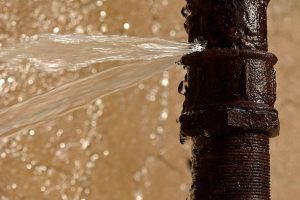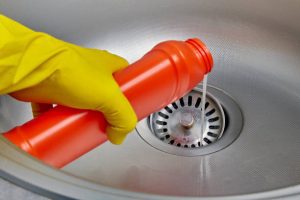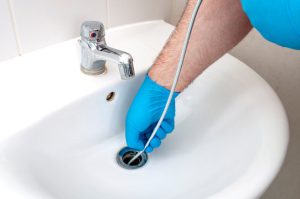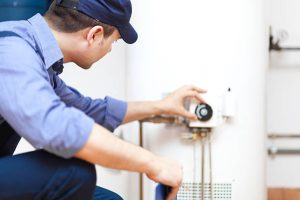Introduction:
Plumbing emergencies can strike when you least expect them. From burst pipes to overflowing toilets, quick action is essential. However, knowing what to do, and what to avoid, can reduce damage significantly. That’s why understanding emergency plumbing do’s and don’ts is so important. These steps help you stay calm and protect your home before professionals arrive. Acting without a plan can worsen the problem and increase repair costs. Fortunately, a few simple guidelines go a long way. By following this list, you’ll minimize stress and gain control over the situation. Let’s explore the actions you should take and avoid during a plumbing emergency.
1. Emergency Plumbing Do’s and Don’ts: Shut Off the Water Immediately
The first step in any plumbing emergency is stopping the water flow. Locate your main shut-off valve quickly. It’s usually near your water heater or in the basement. Turn it clockwise until the water stops completely. For smaller problems, shut off local valves under sinks or behind toilets. Quick shutoff prevents water damage from spreading. Every second counts during a plumbing crisis. This simple move can save floors, walls, and personal belongings. After turning it off, open faucets to drain any remaining water. Always teach your household where these valves are. Knowing how to stop the water fast is a critical do.
2. Do Contain the Leak with Towels or Buckets
After shutting off the water, act fast to control the mess. Use towels, rags, or buckets to catch drips or pooling. For ceiling leaks, place a container directly underneath to prevent stains or damage. You should also mop up water on floors right away. Wet surfaces become slip hazards and can damage wood or laminate. If safe, move furniture or valuables out of the wet zone. These steps help reduce cleanup time later. Containing the water quickly can also prevent mold from forming. Even a few minutes of attention makes a big difference. Stay calm and focus on minimizing moisture spread.
3. Emergency Plumbing Do’s and Don’ts: Avoid Using Chemical Drain Cleaners
In a plumbing emergency, chemical drain cleaners seem like a quick fix. However, they often make the problem worse. These harsh products can damage pipes, especially if you have older or PVC plumbing. Additionally, chemicals may not clear serious clogs and could create dangerous fumes. Instead, use a plunger or drain snake for simple blockages. Never pour multiple cleaners down the same drain. Mixing chemicals can release toxic gases and damage your system further. It’s best to leave the big jobs to licensed plumbers. While you wait, stop using affected fixtures completely. Safety should always come before speed in plumbing situations.
4. Take Photos for Insurance and Documentation
Once the leak is under control, document everything. Take clear photos of the damage and the affected area. This evidence helps with insurance claims and future repairs. Be sure to include pictures of standing water, burst pipes, and damaged items. Do not throw anything away before photographing it. These records also help plumbers understand what happened. The more information you collect, the smoother the process will be. Use both wide shots and close-ups for better clarity. Keep receipts for supplies or services used during the emergency. Strong documentation supports your claim and ensures you get proper coverage.
5. Emergency Plumbing Do’s and Don’ts: Don’t Attempt Major Repairs Alone
It’s tempting to fix a major plumbing issue yourself. However, doing so can often cause more harm than good. Unless you’re trained, avoid disassembling pipes or appliances. You might damage your system or void warranties. Additionally, incorrect repairs can lead to bigger problems later. Instead, wait for a licensed plumber to inspect and repair the issue. Use this time to research reputable professionals in your area. Choose someone with emergency response experience and good reviews. Avoid quick fixes that promise big results with little effort. In a true emergency, expert help is always the safest and smartest choice.
Conclusion:
Plumbing disasters don’t have to turn into nightmares. By following these emergency plumbing do’s and don’ts, you can reduce damage and stress. Acting quickly and calmly is your best defense. Shut off the water, contain the mess, and avoid harmful shortcuts. While it’s frustrating to wait, rushing can lead to bigger problems. Always prioritize safety and long-term solutions. With these simple tips, you’ll protect your home and avoid costly repairs. Most importantly, know when to call the pros. Let trained plumbers handle the hard work so you don’t have to. Preparation and smart action can turn chaos into control.
Interested in reading about 5 Cost-Saving Plumbing Maintenance Tips for New Homeowners?





